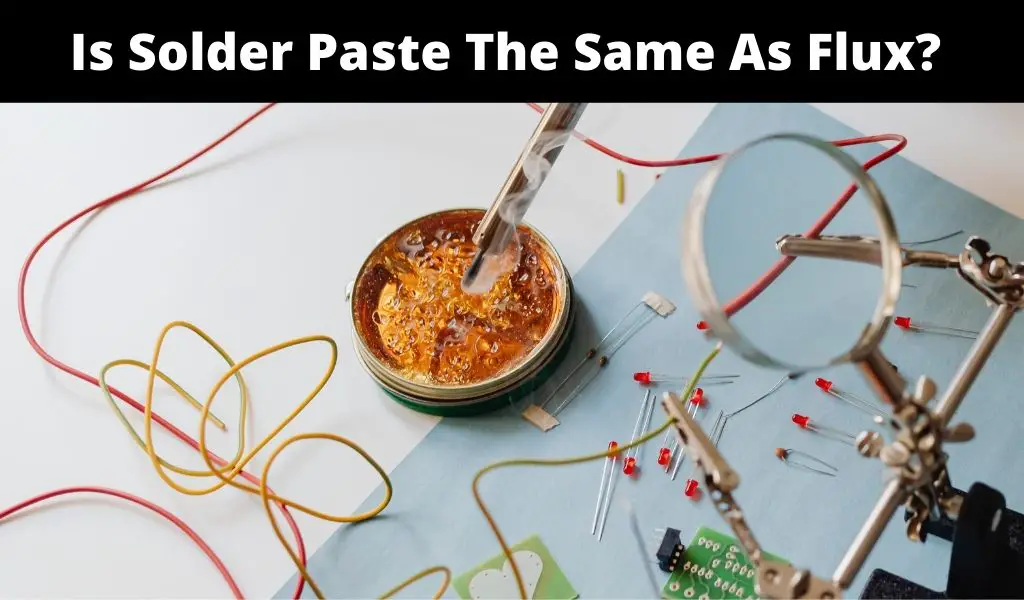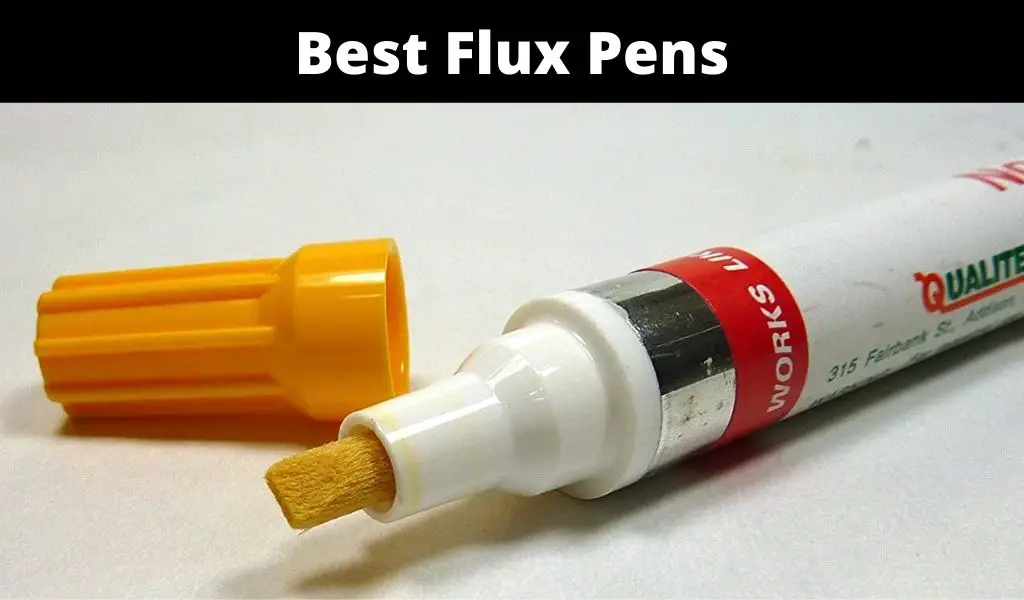Solder paste and solder flux are both used in the process of soldering, which is a method for joining two pieces of metal by melting a filler metal that flows into the joint and then solidifies. While they are both used in the same process, solder paste and solder flux serve different purposes and have different compositions.
Solder Paste
Solder paste is a mixture of solder powder and a flux binder. The flux binder holds the solder particles in place, while the solder itself is the material that actually melts and forms the bond. Solder paste is typically used in surface mount technology (SMT) applications, where it is applied to the pads on a printed circuit board (PCB) before the components are placed and then reflowed to form the connections.
Properties of Solder Paste
A soldering paste can be chosen based on certain properties and attributes that are together referred to as “rheological properties”. The rheological properties depict the state of flow of a paste when it is in a liquid and soft state.
Slump: the term refers to how a certain substance will spread over a surface once it is applied. A paste and a substance that has a high degree of slump cannot be managed easily as it may spread beyond the required level. Therefore, a soldering paste should have a low degree of slump so that it does not flow into the undesired areas and bridges.
Tack: a soldering paste should be tacky and should retain its thickness for long durations. It will ensure that the base can hold together the metal parts for longer periods, and is also effective irrespective of the duration.
Viscosity: viscosity refers to the degree of fluidity or “how little” or” how much” the paste can float. The soldering pastes available in the market may have different kinds of viscosities and therefore it needs a careful choice.
RTP (Response-to-Pause): the RTP variable and attribute for a solder paste relates to the time taken by the paste to dry itself. It impacts the duration of the soldering process.
Working Life: these attributes relate to the duration for which a solder paste can be used on the intended location or the stencil before it gets diverted and is spilled over.
Using Solder Paste
Before using solder paste, it has to be mixed with the appropriate ingredients. The temperature of the paste at the time of melting is also important. The soldering paste should be melted to the appropriate temperature before it is used. This temperature may vary depending on the type of solder paste chosen or the brand. If you are using a pre-manufactured solder paste, you should check for its melting point and temperature before you use the paste.
A solder paste is applied to a circuit board by using a stencil, a printing syringe, or Jet printing. Automatic soldering machines are also available that can be used for more meticulous manual soldering. A soldering iron or reflow oven is often used for melting the soldering paste. Once the soldering paste reaches its melting temperature, the solder paste reflows and will then harden once it cools down.
Solder Flux
Solder flux, on the other hand, is a chemical compound that is applied to the joint before soldering to clean and prepare the surfaces and to facilitate the flow of the molten solder. Flux helps to remove any oxides, dirt, or other contaminants from the surfaces being joined, which can prevent the formation of a strong bond. Flux also helps to prevent oxidation of the metal during the soldering process, which can weaken the joint. Flux is available in various forms, including liquid, paste, and even as a powder that is mixed with water.
Types of Soldering Flux
Soldering flux comes with different consistencies, which include a paste, liquid, or solid consistency and texture.
Rosin flux: the flux can be cleaned rather easily and is made from natural ingredients that are obtained from the pine trees. Rosen is the safest option available for the circuit board soldering process
Water-soluble flux: the soldering projects carried out in the plumbing industry usually use water soluble fluxes. The flux dissolves in water and is used for joining the copper and copper alloy pipes. However, a water-soluble flux can also be used in the water sprinkler, heating, and air conditioning systems that involve copper.
No Clean Flux: A no-clean flux can only be applied to surfaces that have been cleaned thoroughly before the soldering process. These fluxes do not require any cleaning after the solder paste is melted.
Conclusion
In summary, solder paste contains both solder and flux, and is used to form the bond between components and the PCB in SMT applications. Solder flux, on the other hand, is a chemical compound that is used to clean and prepare surfaces, and facilitate the flow of molten solder in the joint.






